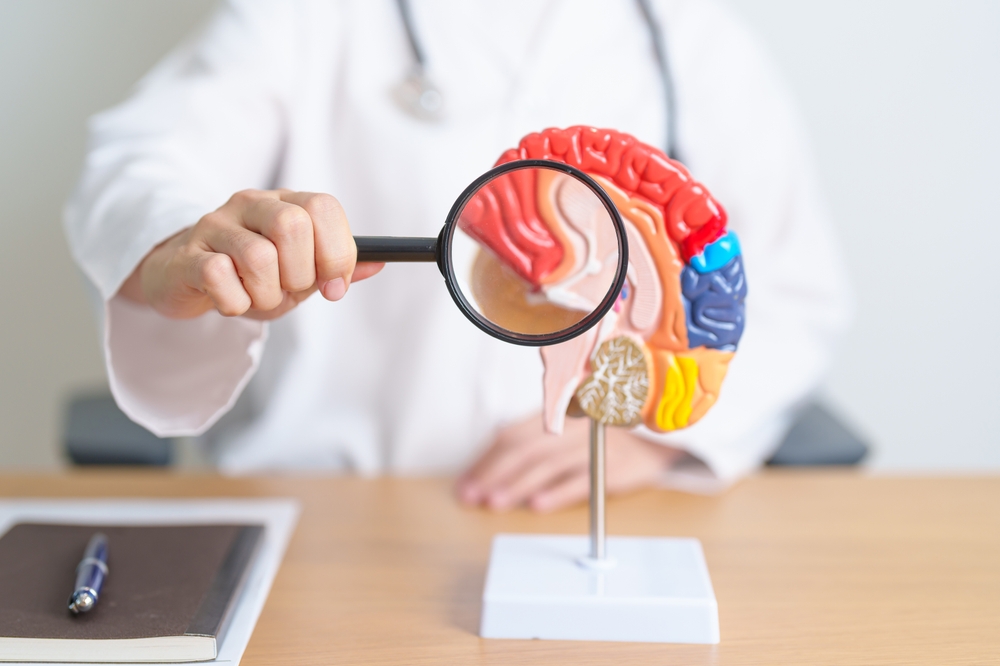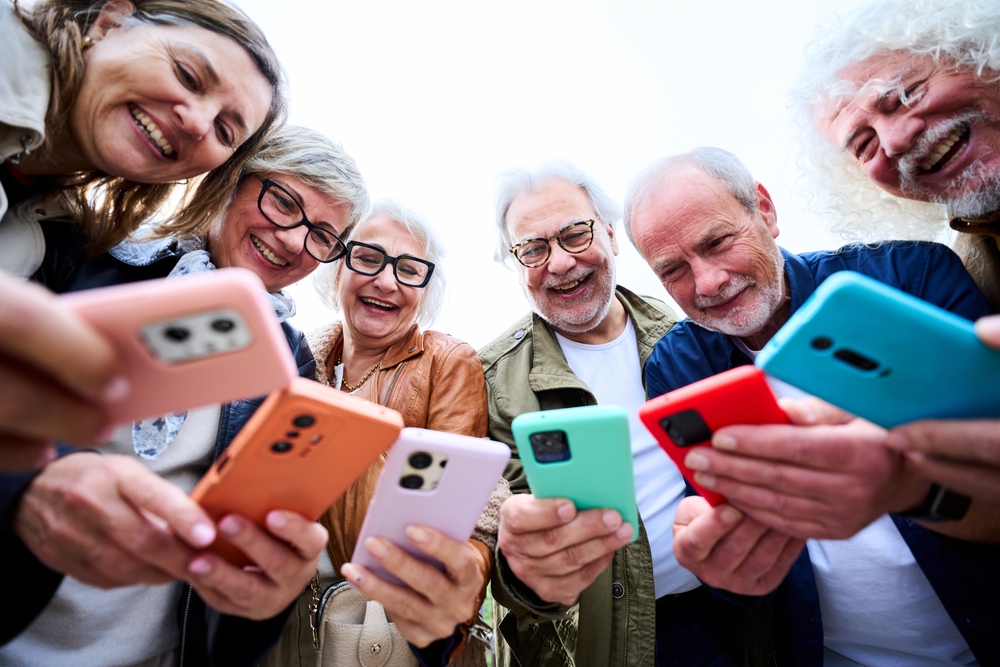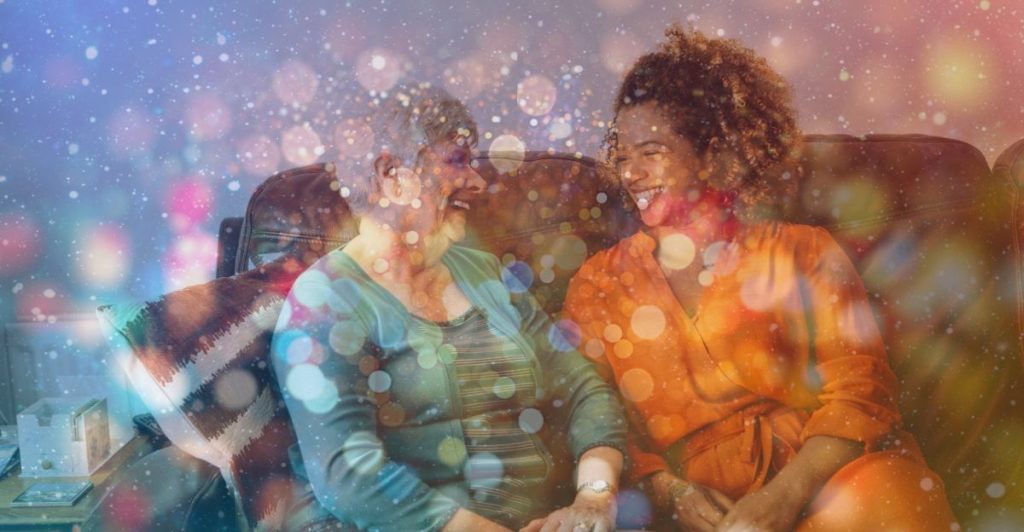Discover how colors subtly shape your emotions and decisions.
Others are reading now
Colors affect our mood and behavior more than we realize. They can create calmness, energy, or even influence our choices. But how does this actually work?
The Invisible Power of Colors

-
Colors influence our emotions and behavior.
-
Used in marketing, design, and therapy.
-
The science behind it is called color psychology.
Also read
How Do We Perceive Colors?

-
Light waves are reflected and interpreted by the eye.
-
The brain’s interpretation creates emotions and associations.
-
Biological and cultural differences play a role.
Warm Colors and Their Effects

-
Red: Energy, passion, alertness.
-
Orange: Creativity, warmth, optimism.
-
Yellow: Happiness, attention, mental stimulation.
Cool Colors and Their Effects

-
Blue: Calmness, trust, productivity.
-
Green: Nature, balance, relaxation.
-
Purple: Mystery, luxury, spirituality.
Neutral Colors and Their Meaning

-
Black: Power, elegance, seriousness.
-
White: Purity, simplicity, innocence.
-
Gray: Neutrality, professionalism, maturity.
Colors in Marketing and Design

-
Major brands choose colors strategically.
-
Red for quick decisions (McDonald’s, Coca-Cola).
-
Blue for trust and calmness (Facebook, IBM).
How Can You Use Colors Consciously?

-
Choose colors in your home to create the desired atmosphere.
-
Use colors in clothing to influence perceptions.
-
Leverage colors in workspaces for focus and productivity.
Key Takeaways

-
Colors have a strong psychological and physiological impact.
-
Conscious use of colors can enhance mood and performance.
-
Experiment with colors in your daily life!








